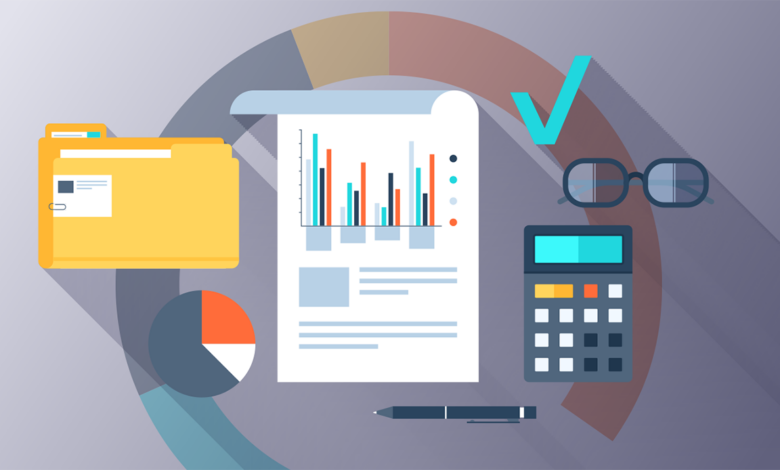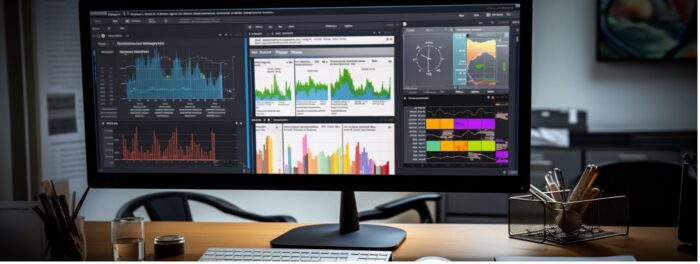Comparing Different Types of Area Charts and Their Applications

Area charts are essential components in data visualization, providing salient insights into trends and patterns over time. They also help in demonstrating differential elements like volume and price movements. Understanding the distinctions between the various types and their diverse applications is crucial for optimal data analysis. Below, we delve deeper into understanding these confounding chart types.
Understanding Area Charts: A Complete Guide
The fundamental concept of an area chart revolves around representing quantitative data graphically. It is about visualizing volumes of data over a given period, enabling viewers easily to comprehend the trends, surges, or declines.
In essence, area charts emphasize the magnitude of change over time, and how one category is distinguished from the others. They are effective in showcasing stacked or overlapping data, giving an overall view of various data categories simultaneously.
Area charts are typically represented in two main types; stacked and non-stacked charts. Stacked area charts bundle up different categories to give an all-encompassing view, while non-stacked ones distinctly represent every category.
Ultimately, a basic understanding of area charts sets the foundations for how to accurately utilize them. Knowing when to use stacked or non-stacked versions can significantly aid in maximizing analytic results.
Breakdown of Various Types of Area Charts
A deep dive into the various types of area charts offers clarity in their applicability. With the regular area chart, often single or multi-area, the primary focus is illustrating how specific categories contribute to the entire data over time.
The stacked area chart, on the other hand, sheds light on overall trends while also displaying categorical trends, easily showcasing cumulative totals. These work best when comparing part-to-whole relationships in your data.
In a percentage area chart, every category is represented as a percentage of the total, useful in understanding each category’s proportion to the whole over different periods.
In terms of a range (or Area Range) area chart, it’s best defined by having two Y axes, showing the difference between data sets and used to showcase the variability of the data.
Unpacking the Applications of Area Charts in Data Visualization

Unquestionably, area charts reign supreme when it comes to representing volume changes over time, alongside visualizing multiple series. Industries like finance and meteorology heavily lean on them to predict and display patterns or trends.
In the market trading sector, these graphs are handy in showcasing the price movement of securities, stocks, and shares over specified periods. They provide a visual representation of the general performance mismatches like share price and volumes.
The health sector maximizes the use of area charts in visualizing vital records over time, such as patients’ records or coronavirus cases rising and falling.
Generally, the application of area charts bridges the gap in understanding data patterns, providing a reliable and easy-to-read data visualization.
Tips for Choosing the Right Area Chart for Your Needs

Choosing the right area chart heavily depends on the specific need one is trying to fulfill. For instance, if you want to represent one category of data and its changes over time, then a basic area chart will be the most suitable.
Should you need to represent several categories, both in their individual growths and an overall combined view, a stacked area chart should be your go-to option.
A percentage area chart will serve you best if your interest leans more toward understanding the proportion of every category to the total over different periods.
Altogether, your choice for an area chart rests heavily on the data you have, the information you want to extract from it, and ultimately how you hope to visualize this information.
Overall, area charts are indispensable in data visualization, offering unparalleled clarity and ease of understanding trend-focused data. Understanding their types and where to use each allows you to unlock their potential fully and grasp their influential power in the data analysis realm.